Unexplained Markings and Patterns
While some of the rarer markings are the result of various white patterns (especially pinto), there are also plenty of unexplained markings and patterns. Some of which have had geneticists scratching their heads for years.
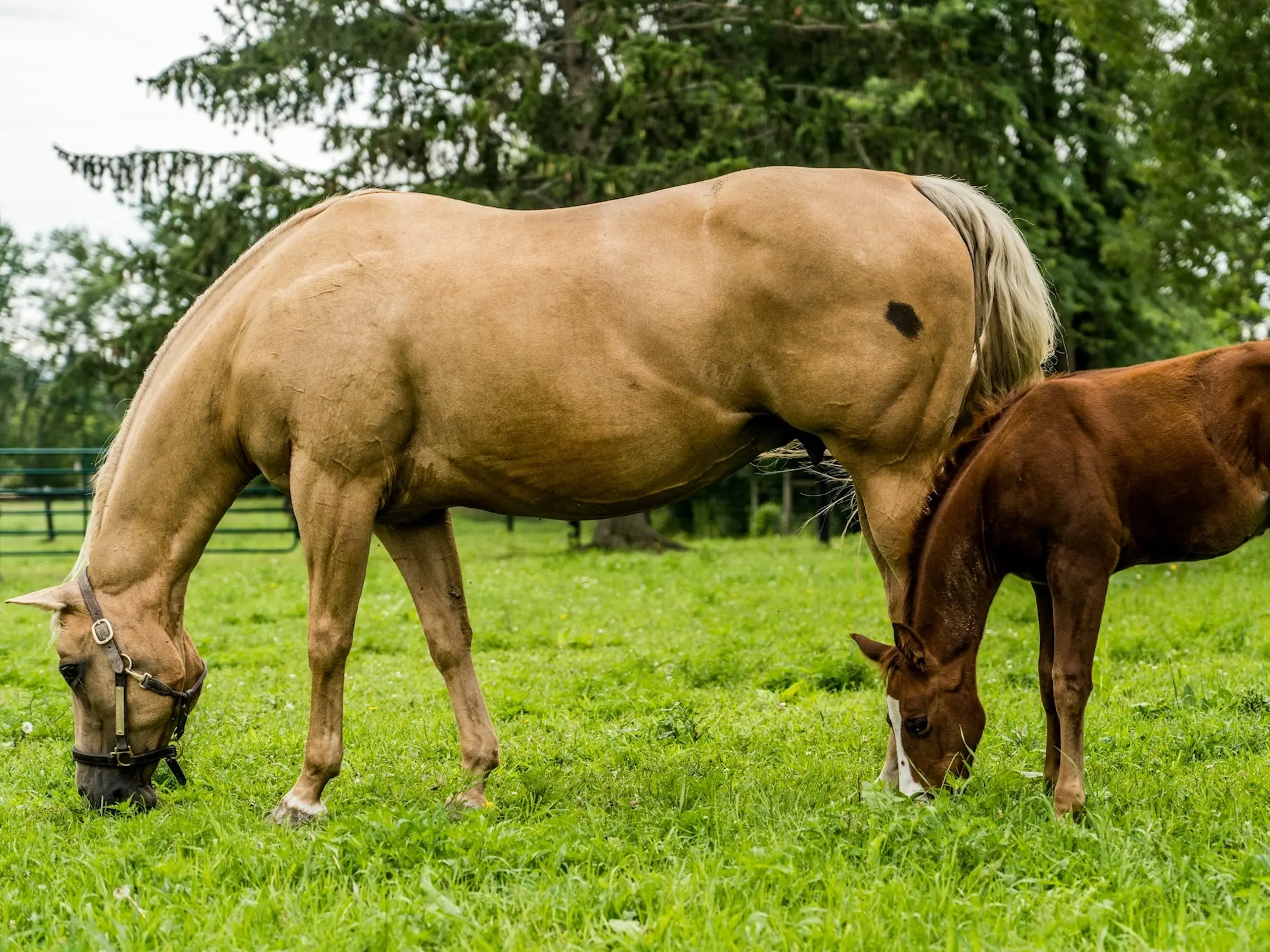 Bend Or Spots
Bend Or Spots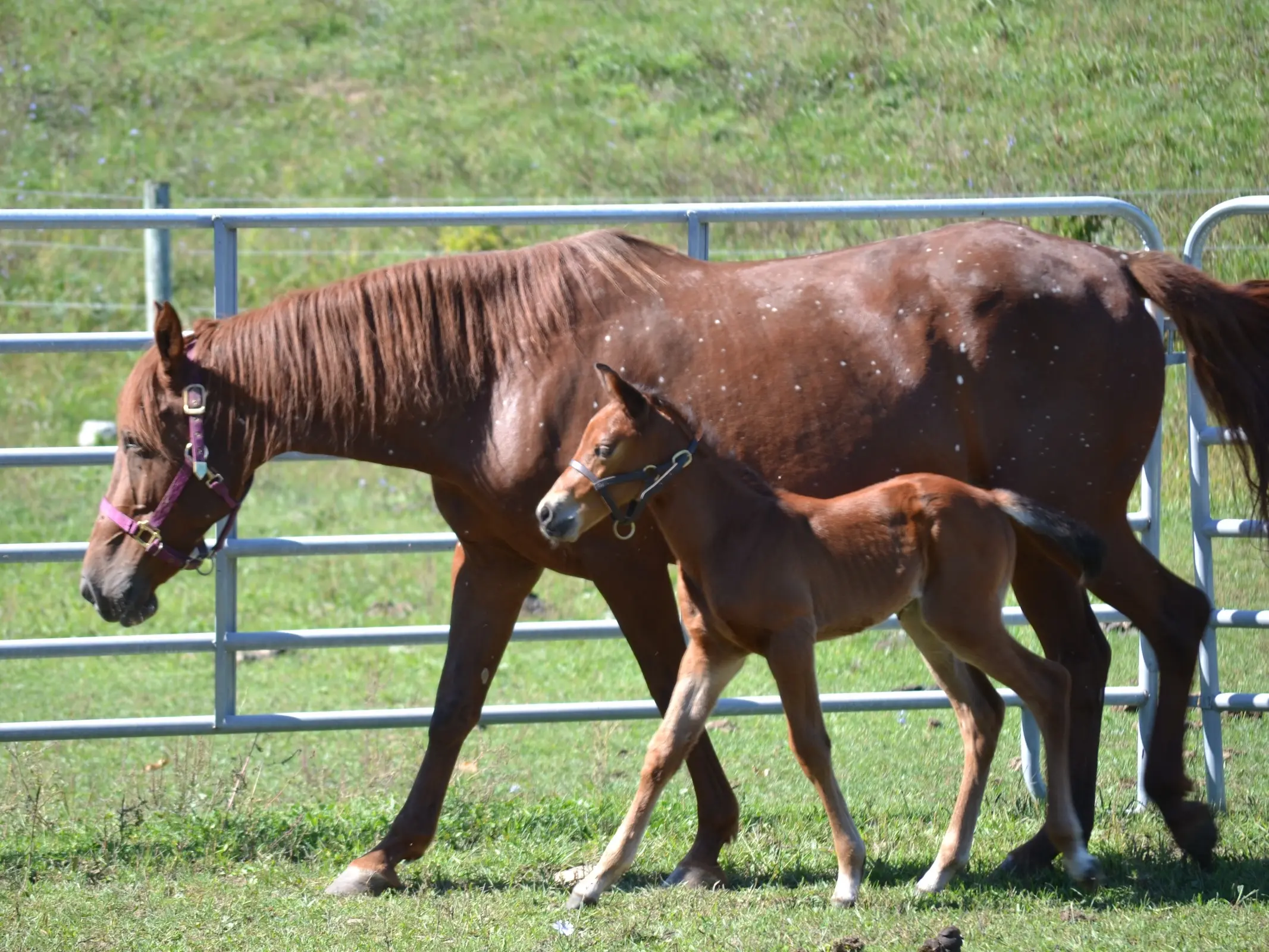 Birdcatcher Spots
Birdcatcher Spots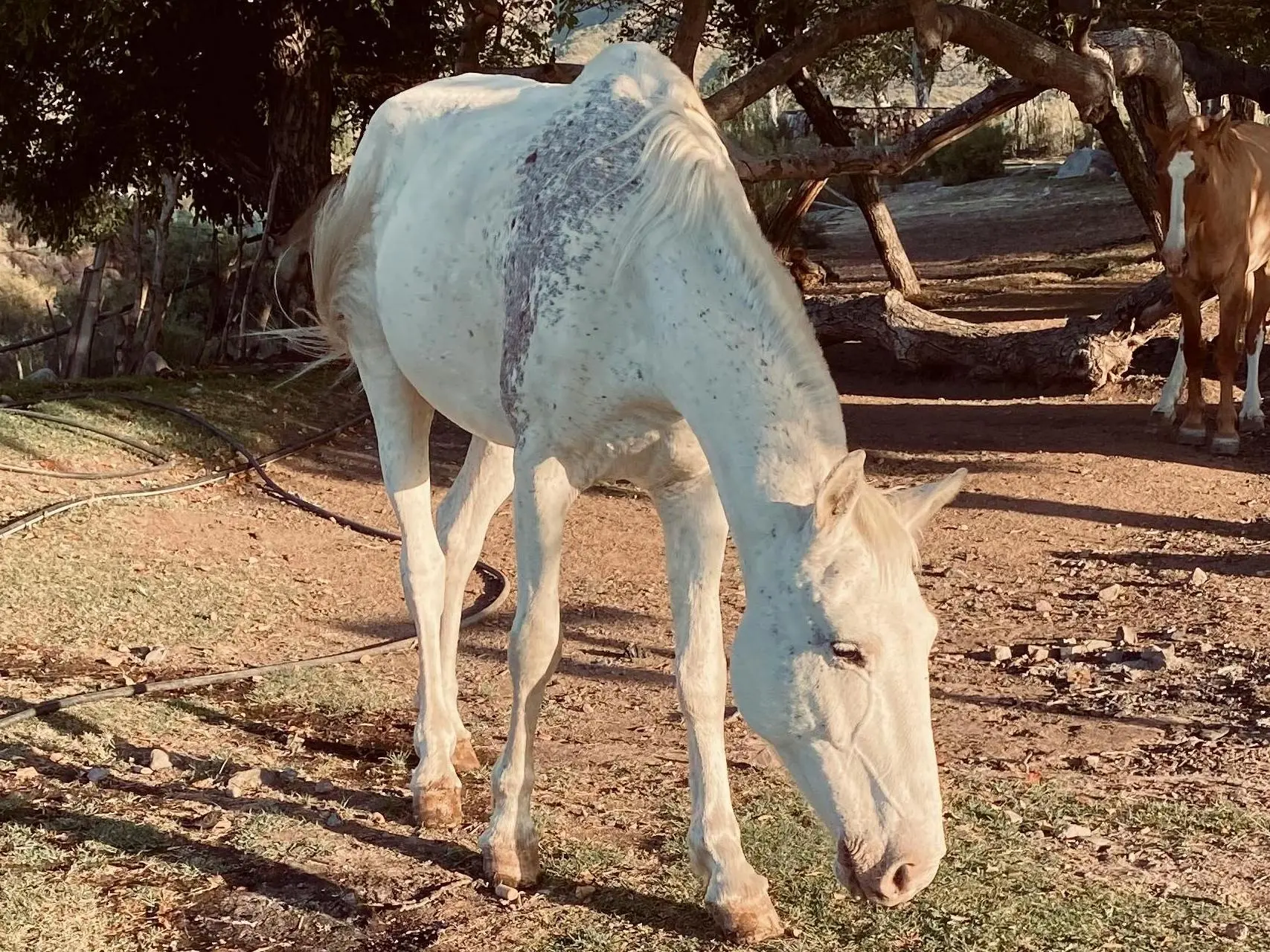 Blood Marks
Blood Marks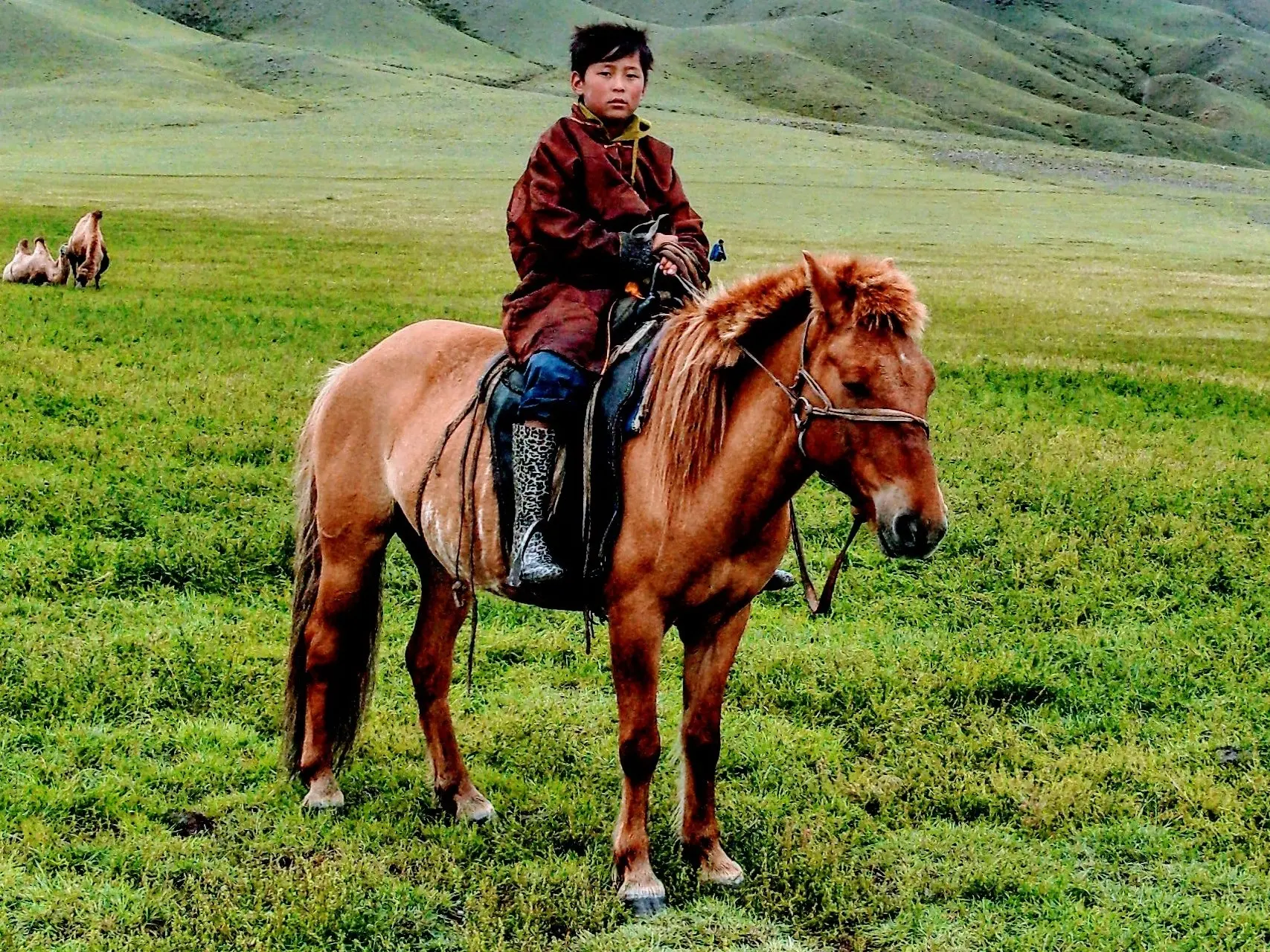 Brindle
Brindle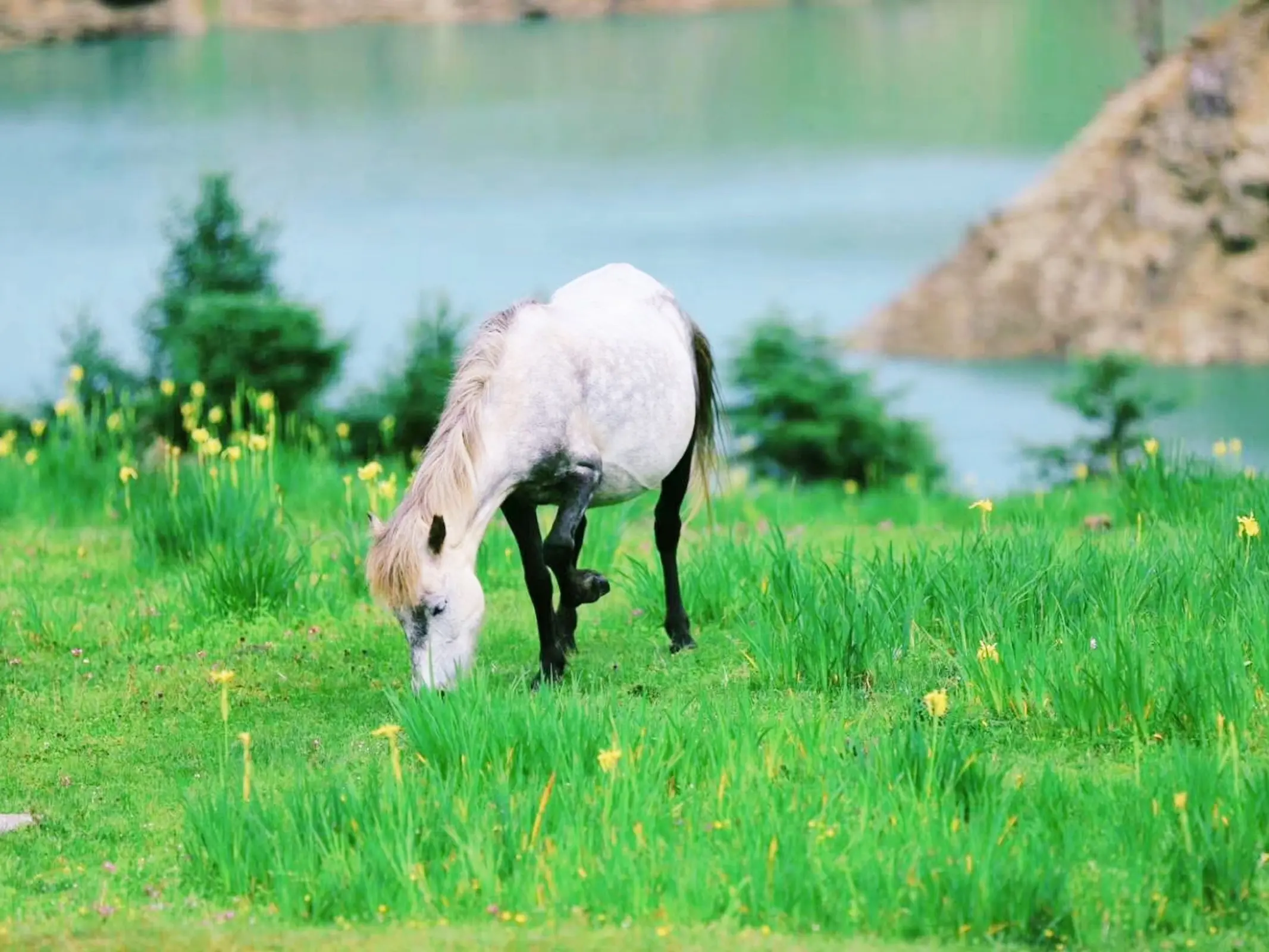 Chimera
Chimera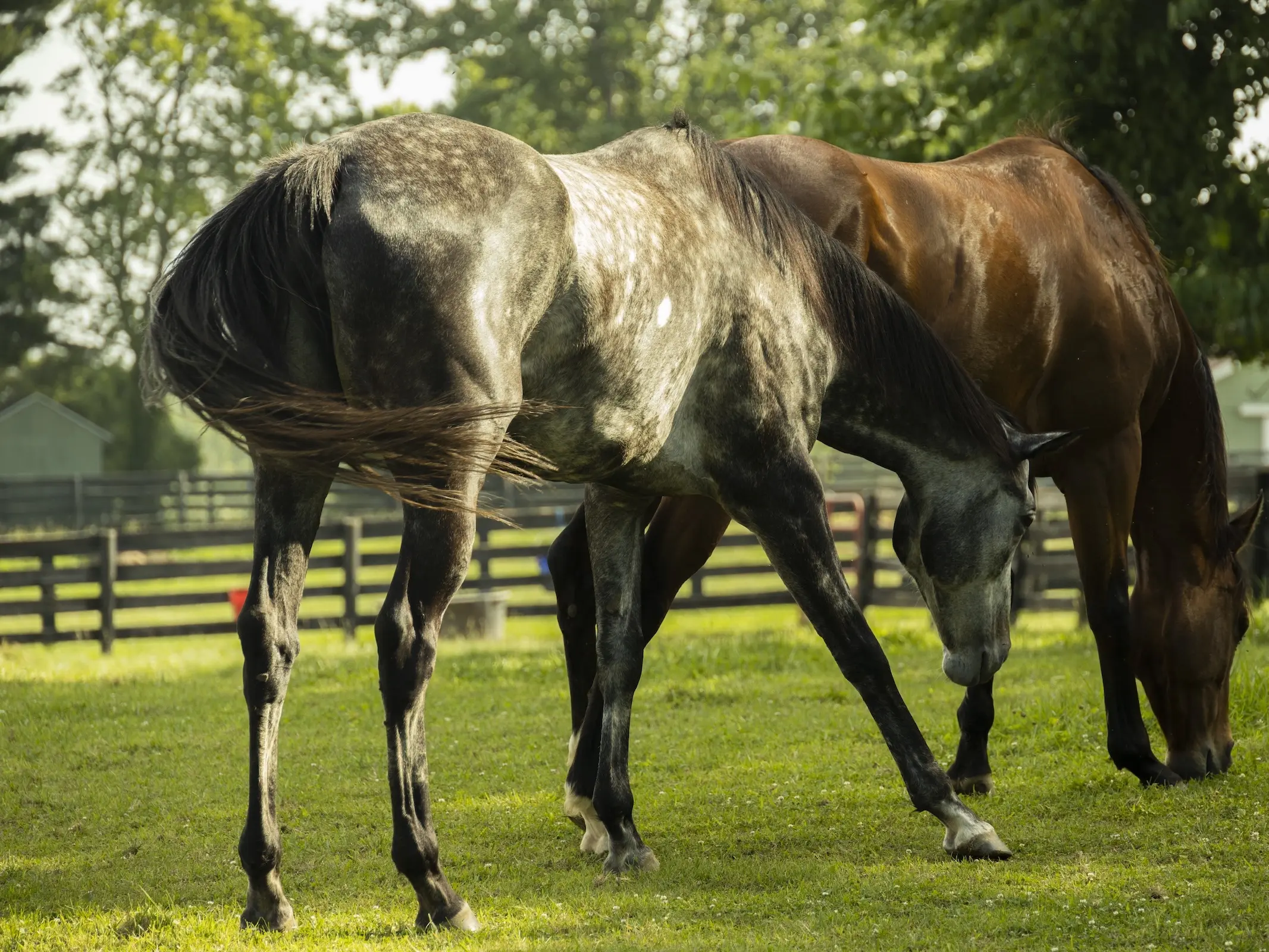 Chubari Marks
Chubari Marks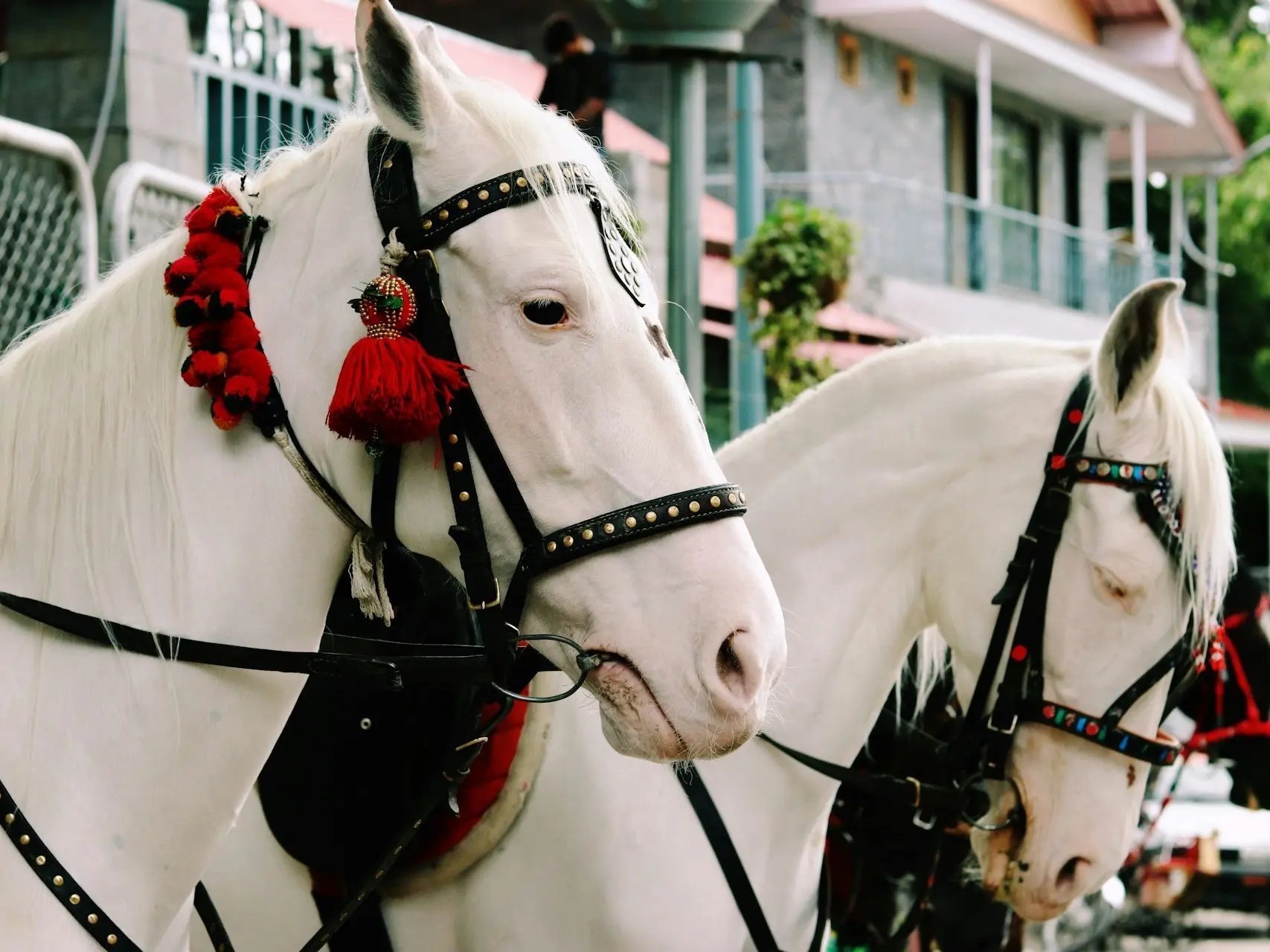 Dominant White
Dominant White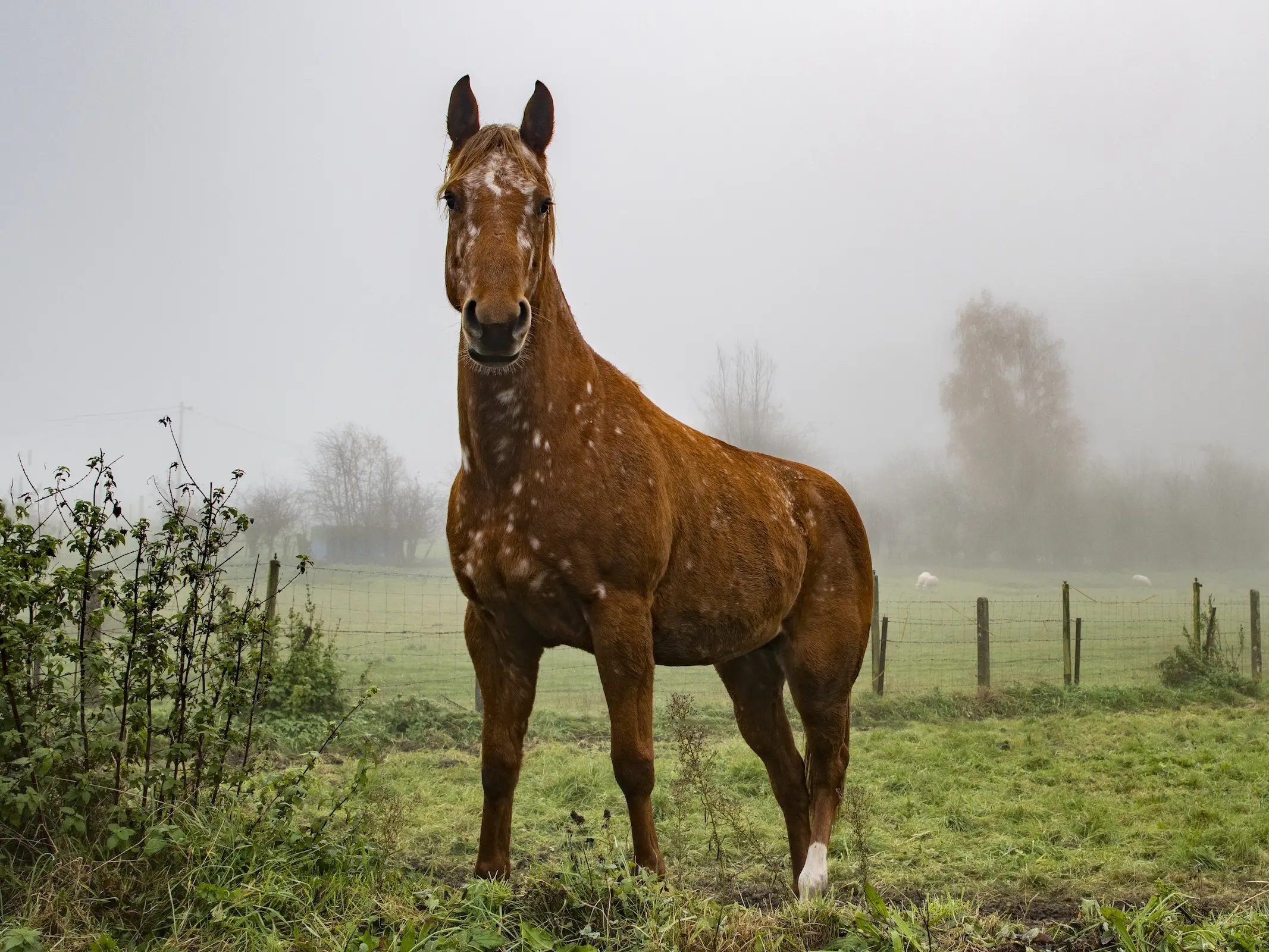 Fungal Marks
Fungal Marks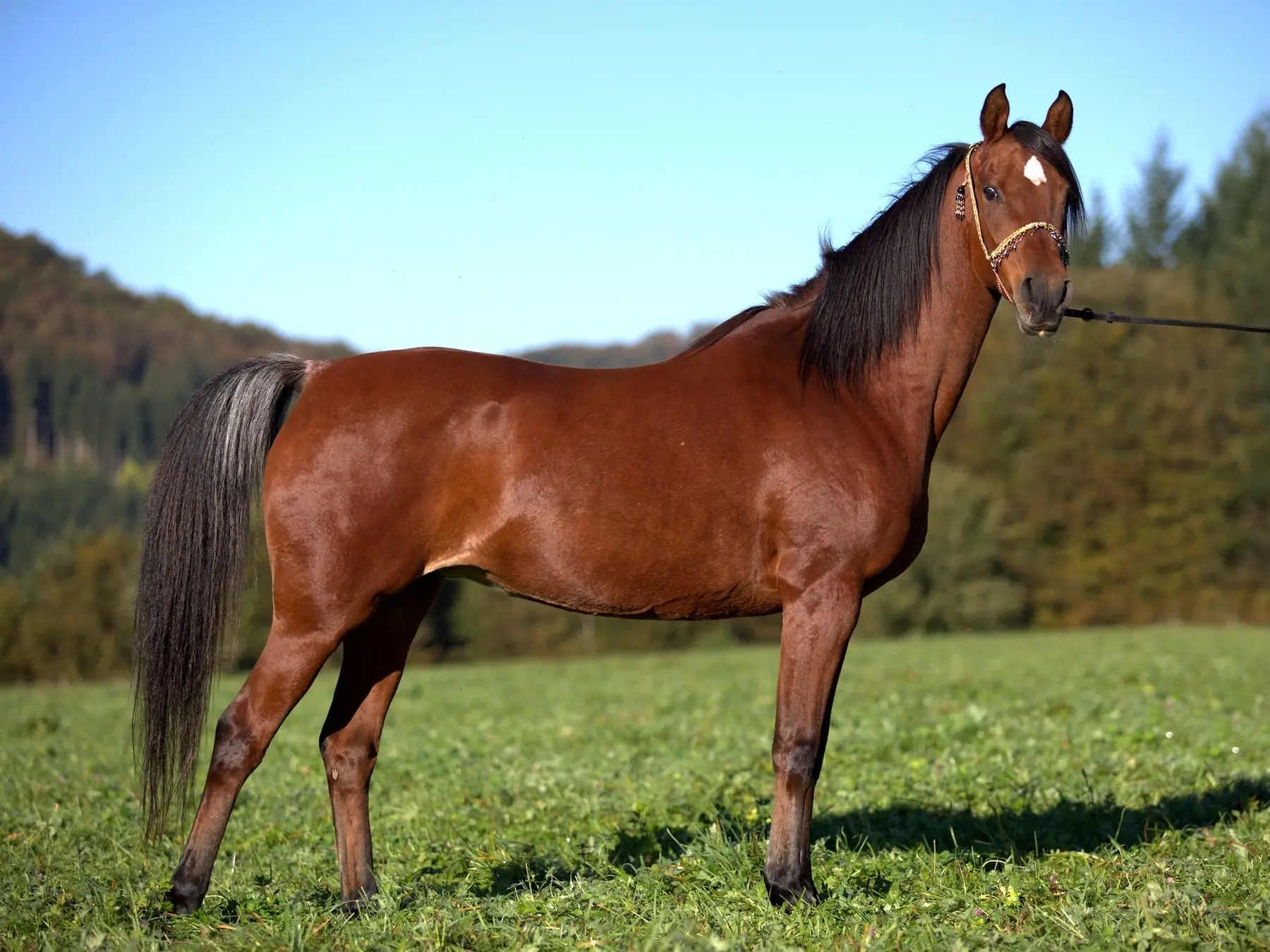 Gulastra Plume
Gulastra Plume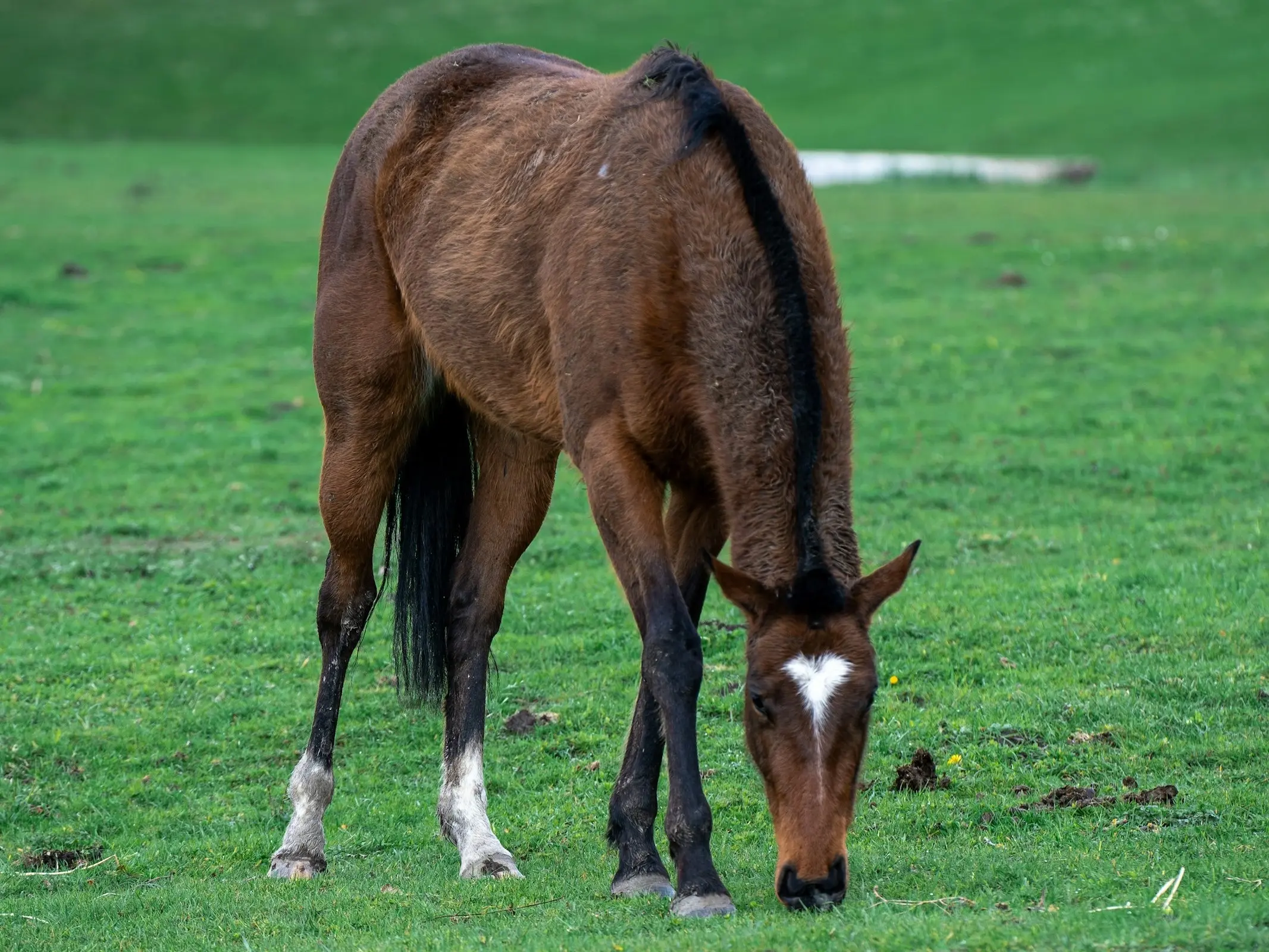 Heart
Heart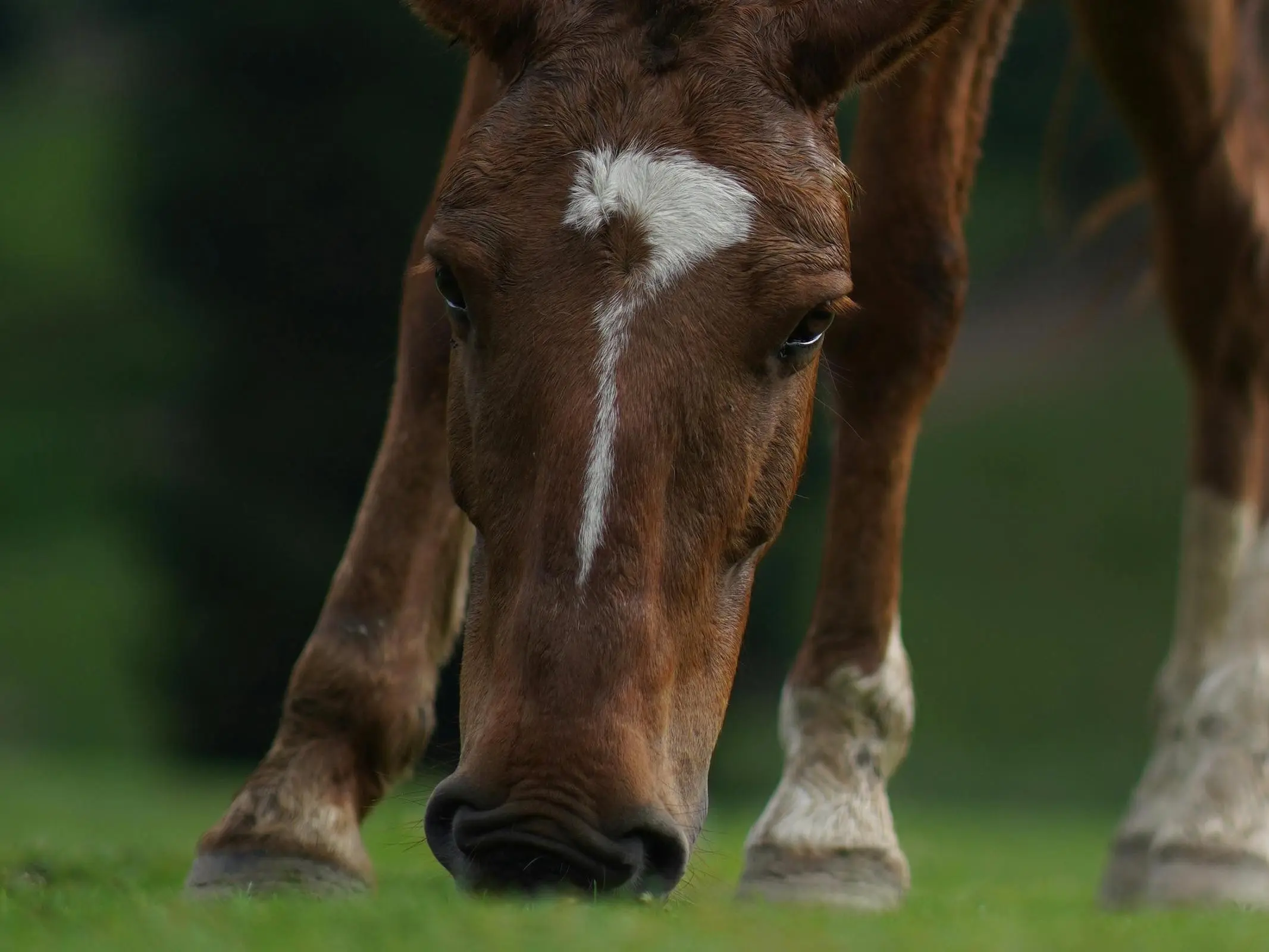 Horse
Horse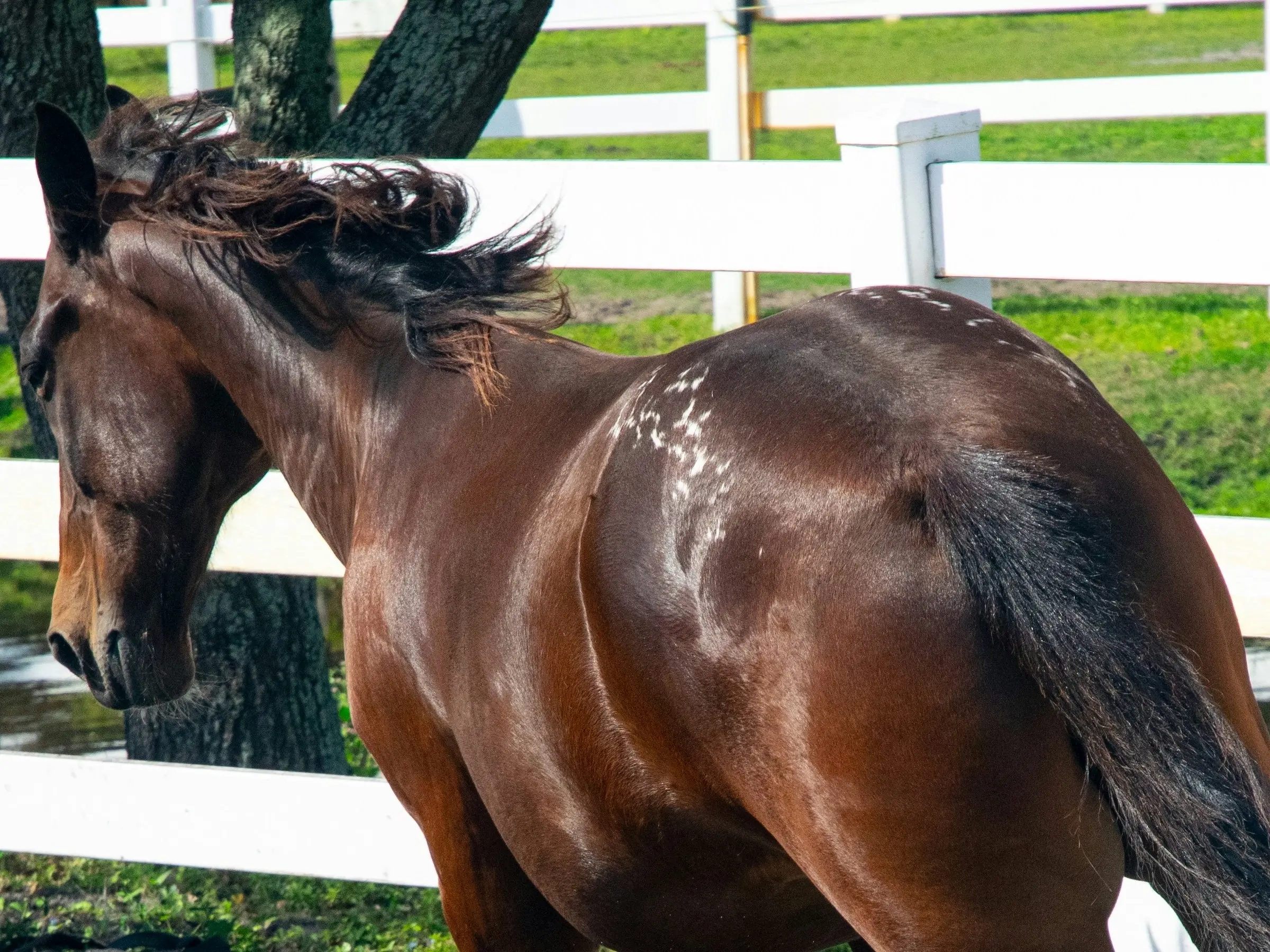 Lacing
Lacing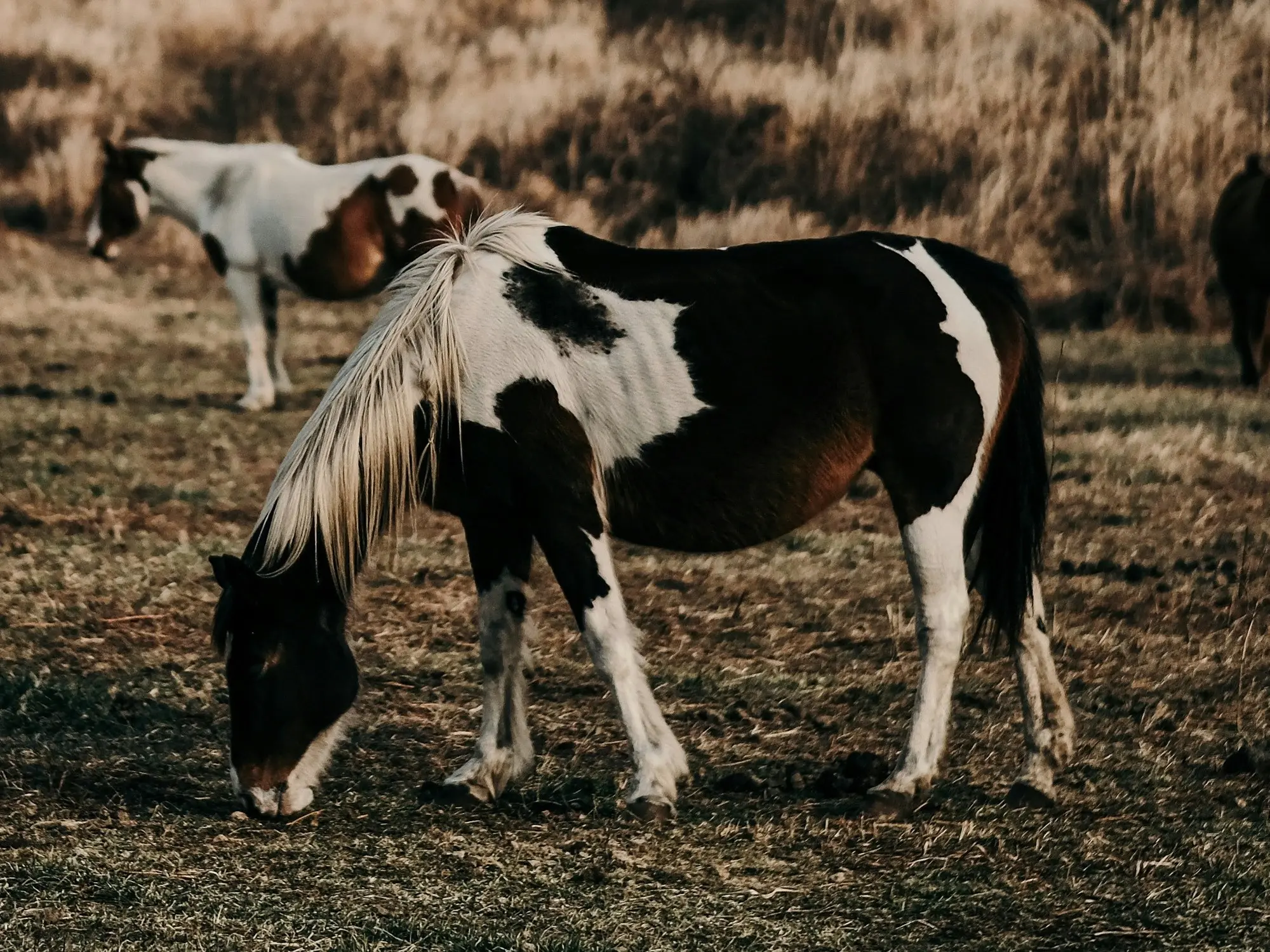 Moasic
Moasic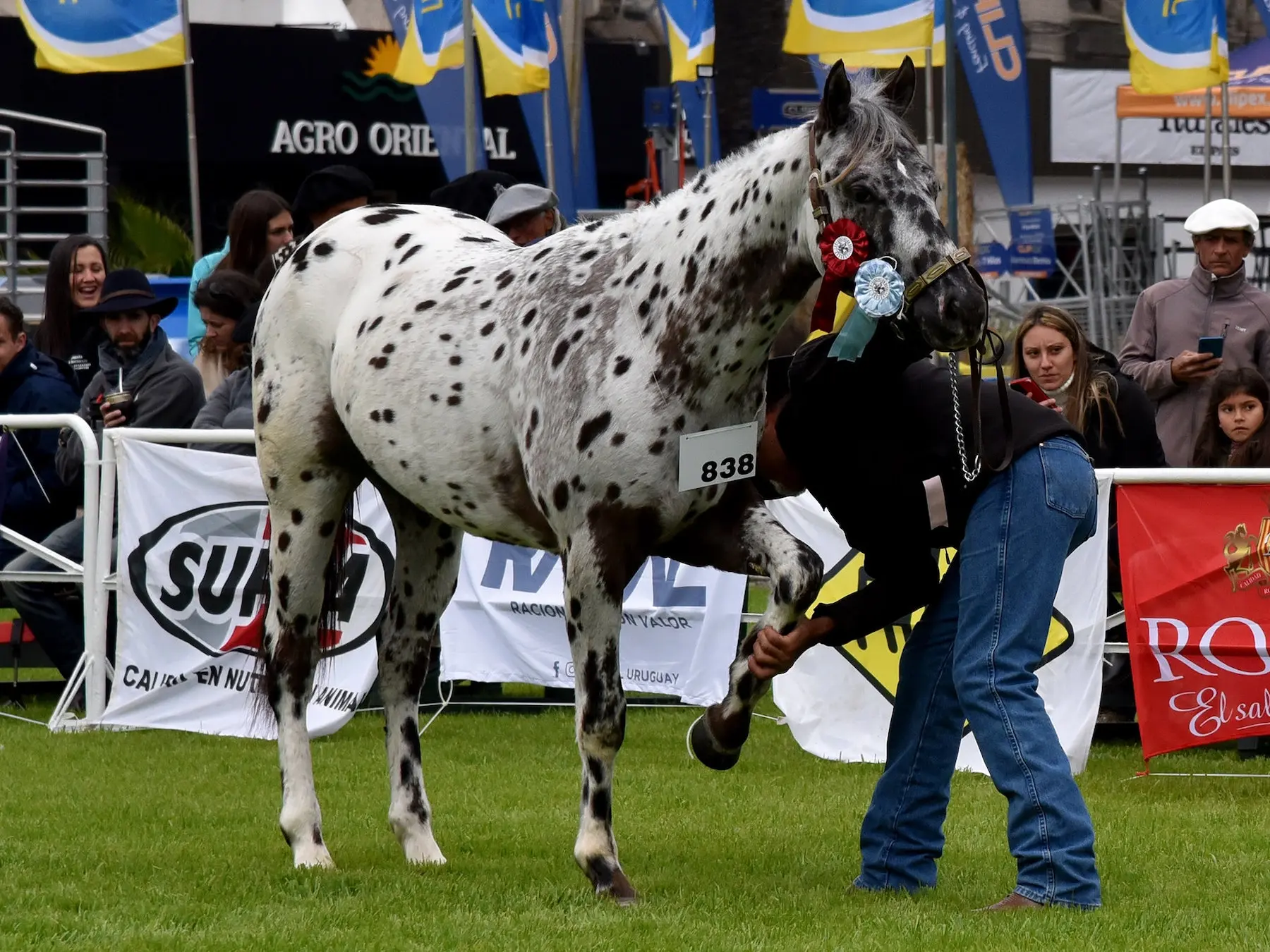 Peacock
Peacock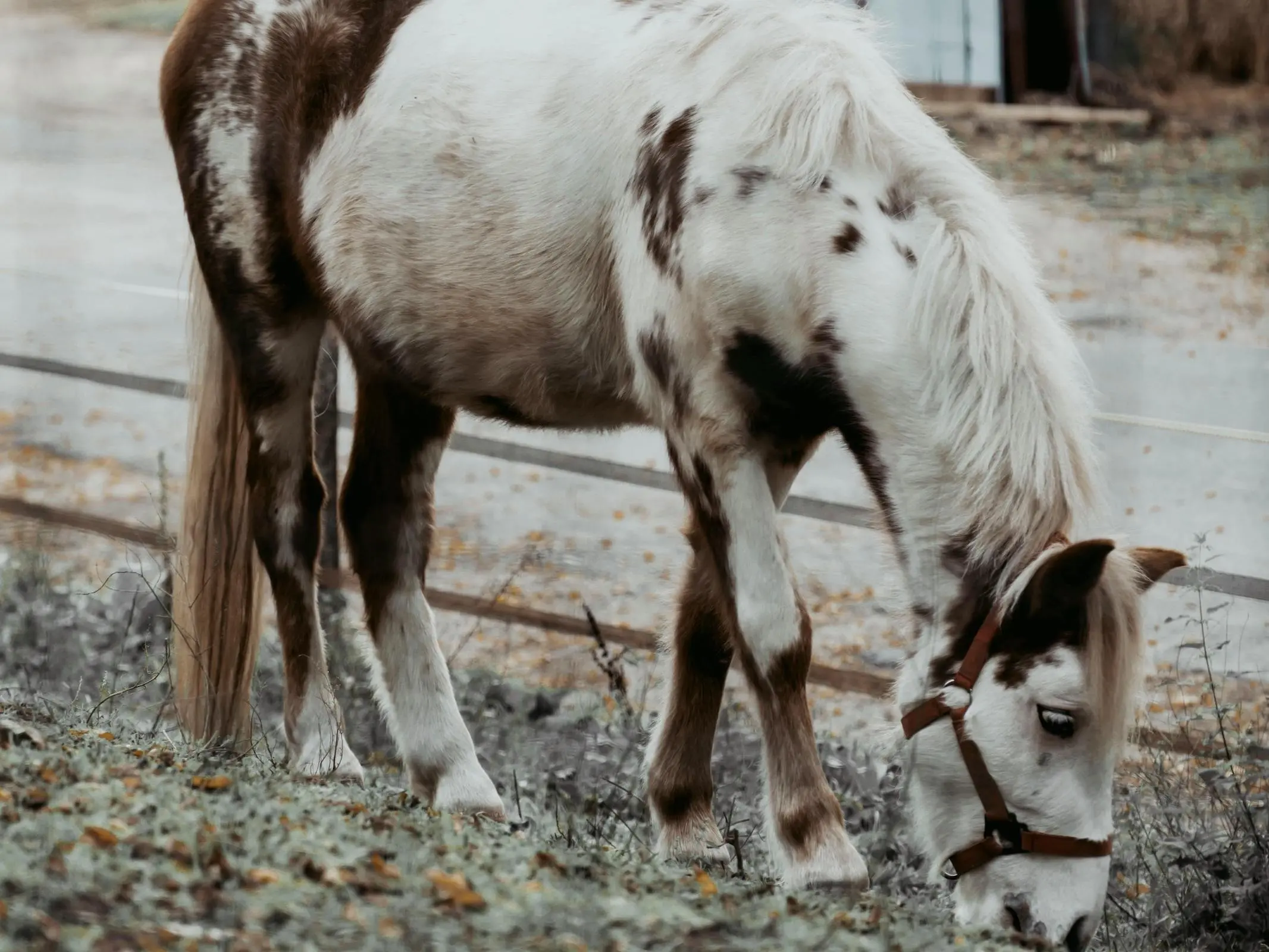 Pintaloosa
Pintaloosa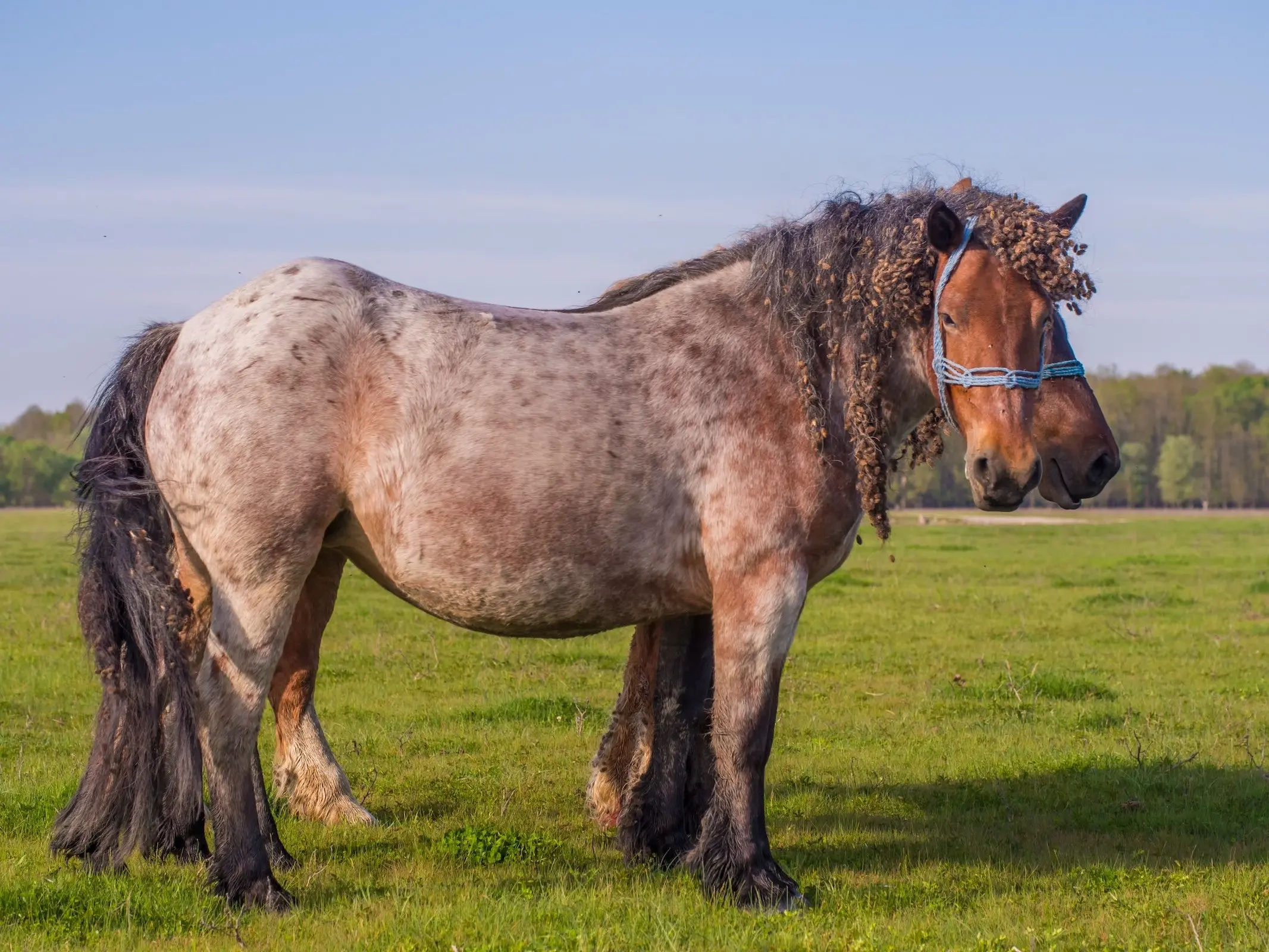 Reverse Dappling
Reverse Dappling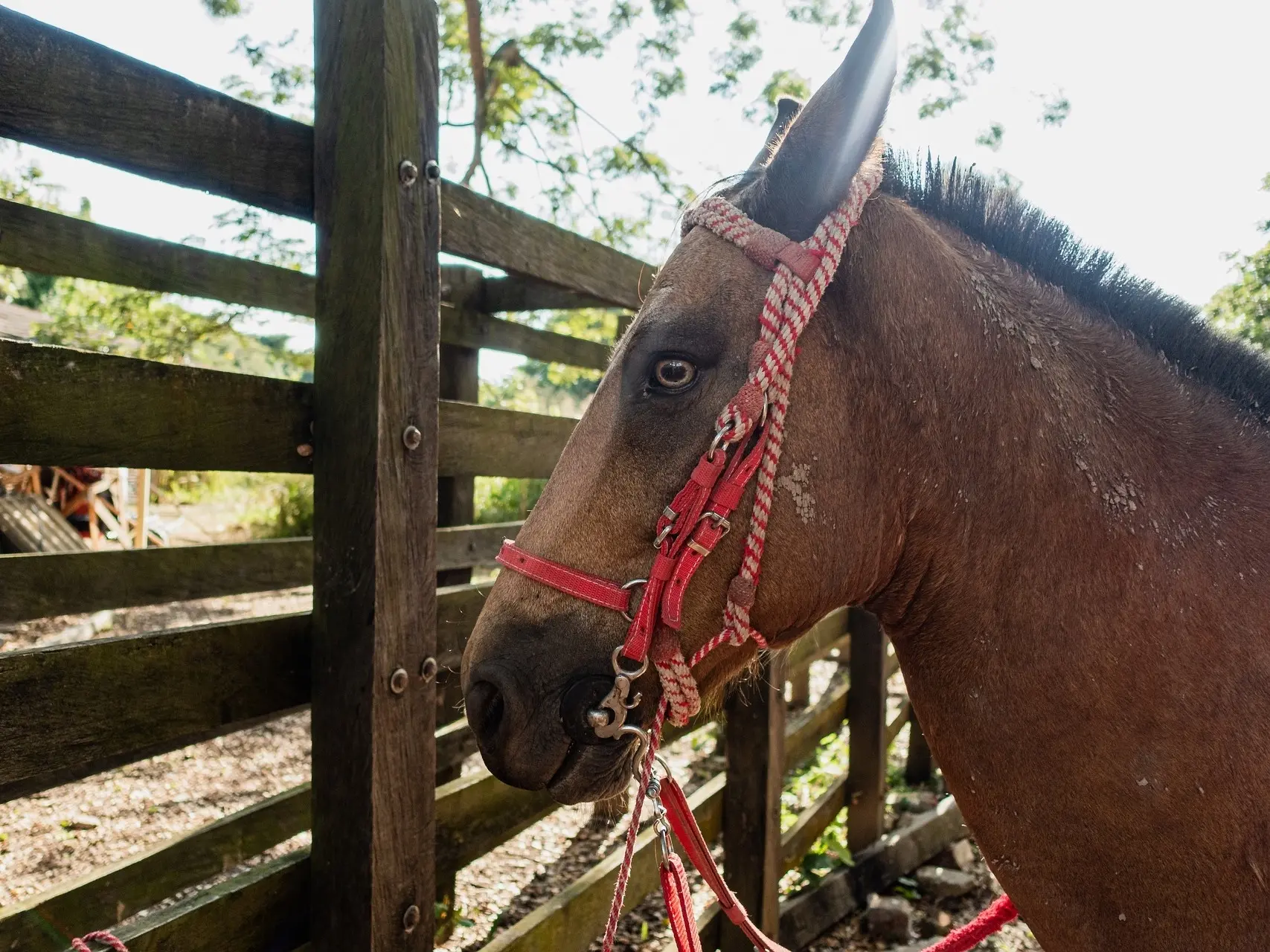 Tiger Eye
Tiger Eye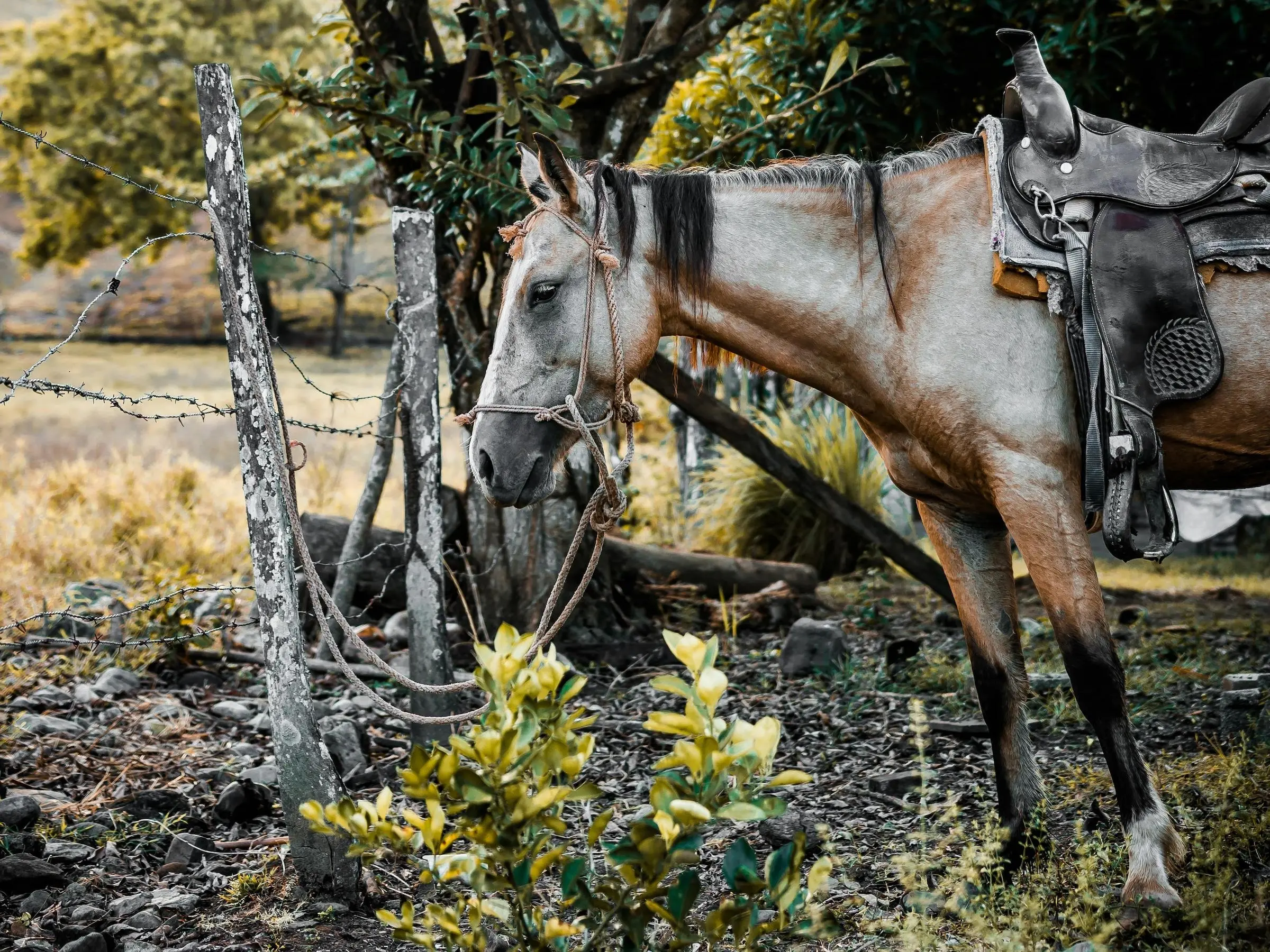 Unkown
Unkown
I have a red chocolate 10yo Rocky Mountain mare that began exhibiting her spots as a three year old. The amazing thing to me is the spots change location and size from year to year. Is this common?
Hi Linda,
Interesting, are they birdcatcher or bend or spots?
If you want to send a picture of your mare, I’d love to add it to this article.
They are birdcatcher spots. The bad thing about her spots is that in our breed, white above the knee, on the body are not allowed. White on the face is allowed, but in limited quantities. Mercifully, she was already registered before her spots came out at 3. She is really unique since in addition to her spots, she has “smutty” dapples too. Dapples are common in the RMHA breed. They are usually seen in chocolate horses with light manes and tails. She does have a light mane and tail too.
How would I go about sending a pic? Right now, I only have pics where they are not apparent, but would be glad to take one that shows spots!
I have a 10 year old palomino gelding that has a dark spot near is flank i have done some research is this a bend or spot and if so can they fade and i found green dots near my horses back and rear idk what they are please help
Hey Paige!
My family and I recently rescued a 5 year old gelding with very unique patterns- I was intrested in seeing if you could help us distinguish exactly his color. He is an Andalusian so his color confuses me even more than if he were anothe color. His base color is your normal old- plain jane grey; but he had two almost identical blue roanish marks on his sides. It can’t be bloody shoulder can it? Since they aren’t brown? The even stranger thing is.. they’re very slowly fading to just a darker grey with a bit of a tint. Andalusians can’t be paint and his bloodlines say that he is a pure Andi. Have any ideas?
lol I’m not Paige… But when you say his color is plain, what exactly does that mean? Bloody shoulder marks don’t have to be brown, They’re whatever color he was before he turned grey
ok so i have an appaloosa mare named ginger. she has a blaze, but in the blaze she has a brown dot above her left eye and a white dot outside the blaze on the right side. its pretty cool =]
~rachel
I have a 2 yr old dun Curly, who was born on my farm. This year after her spring shedding she really suprised me with quite a bit of brindling-as a yearling she had some but not nearly as much as this year, so Im guessing that this is similuar to roaning and progress’s as they age? She didnt have until she was a yearling. The really odd thing is, she only has it on her left side. Has anyone out there raised a brindle colored horse from a foal? If so where they born with the markings or develope with age? Im really interested in chatting with someone with some experiance . ~ Tina
most brindle horses are chimera’s meaning they have two sets of DNA they are non identical twins that join in the womb
I have a 9-10 year old Mustang from the Warmsprings Canyon HMA in Warmsprings Neveda, she has a verry evident Bend-or-Spot on her back right leg if you like i can get you photos of it.
Just to let you know the brindle markings are caused by who fetuses being fused together in the womb. One color is from one fetus, and the other color is from the other fetus. Most of the time when DNA testing is done on each color it will come back saying they are from different horses.
Oh, and if two brindled horses are bred together you are more than likely to not get a brindle offspring. The brindleing is not affected by age, it is normally there at birth.
I found all this out in a college course of Animal Genetics if you are wondering 😉
Thanks to everyone for their comments.
If you have questions about coloration of your horse, I’m not the one to ask. However, many of my readers are more than qualified and often they will chime in with great info.
Please feel free to send me a quick note, I’ll gladly post a picture of your animal (with a link back to you as credit) to see if anyone can help with your color questions.
A special thanks to everyone who has offered information. If any of you are interested in writing a guest post to share their knowledge, I’ll gladly publish it with full credit (and links) to you as the author.
Thanks again.
Hi Celeste,
Thanks for the image offer, I love to use reader images. Please email me if you’d still like to send a picture of your mustang.
Great information! One note on cat prints – they are thought to be connected to homozygous tobiano, though nowhere I’ve seen has said that that is 100% the truth. I love some of the pictures you’ve been able to gather. :3
Hi Emm,
Thanks for the info, horse genetics are a difficult topic and I appreciate it when people add the information they know. 🙂
You don’t mention the Danish breed ‘Knabstrupper’on your site. The perfect ‘Knabstrupper’ is white with black or brown dots on the whole body. You can see some beatifyl pictures on :http://www.knabstrupperforeningen.dk.
With two spotted parents, the foal will have 50% change to get spotted, 25% change to get ‘double spotted’ (the color is then white with only a few spots or dark shades, as the spotted patten is a dark horse with a white banket with holes. Therefore double dose will give ‘two blankets’ and only a few dark spots). Finally there is a 25 % to get a normal colored horse.
Hope you will find the site interesting (even if it is in danish).
Best regards
Christine
Hi Christine,
Thanks for the great information on the Knabstrupper breed. I do have a page for the breed, but it doesn’t get into their color genetics.
I just finished looking at your breed page and read about the thoroughbred. Good information except for the cons, yes some of them can be highly strung if not treated and cared for correctly. I dont want to insult anybody or anything but have you ever owned an off track thoroughbred or just any oold thoroughbred before? Because they are not a problem when they come off the track i would know i have six! I train them myself and Oreoso (my first ottb)is so gentle a baby can jump her. By saying that comment you made many people about to maybe get a thoroughbred change there minds and get a warmblood. Do you know how many supposidly problem Thoroughbreds go to slaughter because no one knows what the heck there talking about saying they are crazy evil horses. Do you? I didnt think so about 75% of the horses in slaughter are thoroughbreds. They are so super willing and always want to please a great horse to have! And adopting an ottb (off track thoroughbred)is a great experiance because you dont just hop on it you actualy have to bond with it and get to know it. It takes time patence and lots of love. It tests how devoted you are. And when you first get on your ottb for the first time you feel pride. True pride not some foney yay look at me on my new already rideable warmblood yay! <- Thats not devotion thats being a spoiled brat.So seriously unless you want almost all the thoroughbreds in the us to be shipped 1000s of miles to mexico and canada to have there spinal cords cut and then get stabbed to death i suggest you rewrite the cons and just put some can be highly strung if treated wrong.
I worked on the TB track for over 25 years and a breeding farm for 5 years…..you are absolutely correct!
OTTBs are actually more people friendly, once off the high protein feeds and supplements, than many back yard raised horses….show me how many of those you can literally SIT under to do 20-80 minutes of leg work! They trailer, tie for extended periods, and love the attention….including bathes and grooming!
Most love ODD snacks…very people friendly on the whole!
Take any horse, dog, child….feed them high octane fuel and then keep them in a small area for 23 hours a day! SEE what happens….Not the breed, just the training situation….that works on the track, just need to re-direct these animals after the racing atmosphrere GREAT animls! Chris A
Hi Julia,
Thanks for your comments. I have worked with Thoroughbreds who were raised & raced on the track & I’m aware that the animals are the real victim in those situations.
Sounds like you know quite a bit about rehabilitation for off the track animals. If you are ever interested in writing a guest post, I’d like to share your views with my readers. The more people know about these issues, the better decisions they will make.
Hi Paige,
I am glad you are aware of what happens to the horses off the track and all other animals that end up in terrible situations. And that is really good that you have workeed with thoroughbreds also most people i know have warmbloods 🙂 I would be really happy to share what i know with other people. Also if any one is interested there is some really great information on google about ottb’s, pmu mares and foals, nurse mares, nurse mare foals and all kinds of great information about these wonderful horses and how you can help rescue them! Just keep in mind you may cry a little 🙁 It is terrible what the horses have to go through in life. Even though it is sad that is how I got inspired to help out thoroughbreds in need and I find it really rewarding to see how these animals can go from skinny deppressed animals to spirited playful horses like they should be! My first horse Oreoso was saved at a claims race in Nj my friend was her old owners friend and gave me a tip (since she knew i was looking for a horse) that there was a great horse named oreoso that needed help. At first i was alittle skeptical because i thought horses bound for slaughter were sick and old and useless (But really any horse is special I soon found out later) so my friend told me to do a little research. I didnt expect what was coming next I read about how these horses once somebodys best friend just get dumped at auctions and jam packed into trailers with no food or water imagine how traumatizing that would be! So I waisted no time and bought her. Mostly everyone thought I was crazy because this was my first horse but now everyone is eating there words because i dont use a bridle while riding her! I takes time and patience but the end result is worth it you will have a life long friend. Oreo thinks she is a lap dog she follows you every where and tries to get in the car with you I am not jokeing! She runs up to me in the pasture to say hi shes just amazing. I also have five other ottb and I will discribe them.
Oreoso-1st horse 6yo bay mare AMAZING!! Total sweetheart alltough she does have her days…
Image-2nd horse 12yo Grey mare givin to me by a friend who saved her. Rideable but no cantering due
to an old racing injury. Super Smart!
Binky-Crazy 2yo fire red chestnut with a big blaze he is a work in progress… Still thinks he can win the kentucky durby has a hard time slowing down. He likes to bother the older horses and wants to play every secound of the day!
B.B-Total sweet heart! 8yo black mare she is so calm literaly required no training Oreosos best horse bud
Sami-Oldy 20 yo boy hes huge at almost 17 hands! Got him from my friend too. He usualy puts binky in his place. loves to be outside. Oh hes white not albino but white grey. Surprisngly he still likes to go for a ride and still bucks a little but always enjoys a good slow gallop!
And those are my horses so many personalities so little time i can barely keep up with them. Also Binky is an escape artisit but hes a cutie!
Hey Paige,
I have recently been reading that one cause of brindling, chimerac horses have two sets of DNA which can cause two base colors to appear on a single horse. For example, I link you to the stud Dunbar’s Gold.
http://www.aqha.com/magazines/aqhj/content/2006content/06february/oneinamillion.pdf
Chimerism can also cause splotches of random color – think of a bay and chestnut pinto.
I have the most beautiful thoroughbred gelding. He is a chestnut with lots of grease spots. he has a huge bend spot on his left side and small bend spots on his bum,legs and even on his neck and to add too it, the large spot is now starting to dapple!? Most of his spots seem to go away in winter but are always back in summer. It’s very unusual. I can send a pic if you like. 🙂
As always thanks to everyone who leaves their information in the comments. You’ve given me so much more research & writing to do. 😉 Anyone who is interested in publishing their two cents on The Equinest & wants to write a guest post. I’ll give you full credit for your piece & link to you.
contact me to get involved
There is so much talk about palomino horses not surviving, but I have a question. There is a 10 year old gelding at my riding stable, called Georgie, who is white all over, with pink skin and pink eyes. Is he an albino, because I think he is, but everyone says albinos don’t exist in horses. I wish I could find out more about him but he is in the far paddock and his owner says we are not allowed in there. Help me!
No, Elsie, he sounds like a true white. I’ve actually never heard of Palominos (true palominos carry a copy of the creme gene – C^crC) having any troubles because of their color.
White horses, however, often do have trouble. Homozygous white horses (horses carrying two dominant white genes, or WW) are reabsorbed in the fetal stage, and thus there are no homozygous dominant white horses which exist. All white horses are heterozygous for their coloring – that is, Ww. This is not the same as Lethal White Syndrome (LWO, or Lethal White Overo) – WW fetusi simply are not viable, and never make it even to the point of looking like a foal, where as LWO foals are born with a portion of colon that doesn’t work correctly and must be put down.
Albino does not exist in horses – all horses that are mistakenly called albino are actually white (Ww) horses. True white horses (not horses that are actually grays) have pink skin, and pink tinting to their eyes, whereas grays will have dark skin under their white hair.
Hope this helps!
the albino mutation doesn’t exist in horse. He dosn’t have pink eyes, maybe amber but probly blue. If you still think he has pink eyes id like to see a picture. It would be truely facinating if he did 🙂
the coulers are so cool when i move house i am near a feild of ponies and i might have acsess to the because my dad is freinds with the owner snince his childhood. i am sure that i can have a good look at them to see rare markings it is going to be so cool.
this is called a chimera and it can also happen in people but you cant see it unless its under a special light… brindling is not fomr chimera in dogs though..its an actual coat pattern.
I have a gray mustang that exibits a buckskin colored blood mark on the left side of his face that extends partway across his forehead and up the back of his left ear. I thought it was really odd until I found this website and found out what it was.
I have a mare with a very prominant bloodmark. I think it would be a good addition to the bloodmark section. And it really defines her. I think thats why I love her so much.
Oh and bloodmarks fade as the horse ages. ive noticed it in my own horse. They start out the bloodmark color as a foal and as they age and turn fleabitten that one area becomes more prominant and as they grow older and older the spot will fade, usually it doesnt fade completely but it does fade.
Hi Melanie,
I’d love to see a pic of your mare, bloodspots have long been prized in horses, especially Arabian.
The purpose of this post is to inform you of the American Brindle Equine Association, a registry that has been formed to document, record, preserve, and promote the brindle characteristic in horses, donkeys, and mules. Horses, donkeys, and mules of all sizes are accepted by this registry including ponies and miniatures. No equine exhibiting zebra breeding will be registered with the ABEA, however chimeric and mosaic horses shall be accepted so long as they possess a brindle pattern.
Thank you for your time.
Kay Isaac
abea-online.org
I have a question and someone hopfully can help me. I have a horse named Kali and she has colliced 3 times. She has 1 locking knee. I hope someone can help us. 🙁
Please help Erika
Hey, one of my friends she has a horse that is mostly gray, with brown stockings, and during the summer the brown on the horses leg grows and covers the hind quarters, but during the winter it’s not there…any idea why?
I have a Belgian/paint cross made that when we first got her at 6 yrs. old her spots were dapple grey. As she got older, her color faded away and she became white. Then, she started doing something weird. Her spots started coming back as flea bitten brown. And every year she gets a little more brown speckling in her spots. Her daughter (also a Belgian/ paint cross) looks like she is doing the same thing. She was born grulla and white, now she is pretty much white, and I just recently noticed a few brown spots showing up. Has anyone else seen a horse do this?